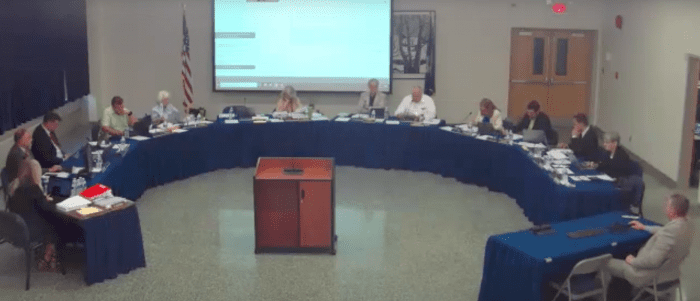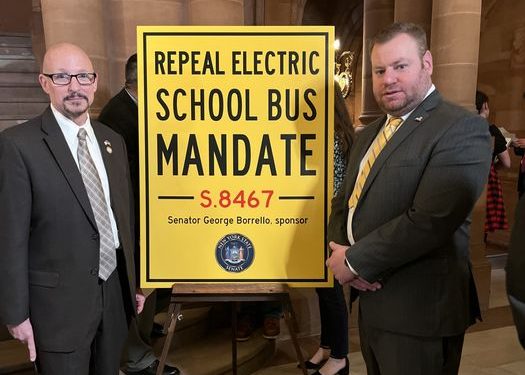By Aramis Khosronejad
This past weekend, Earl L. Vandermeulen High School hosted its homecoming tradition: a riveting pep rally, a night parade, and, of course, the homecoming carnival and its proceeding football game.
The small town lacks nothing in charm and, as the high school’s principal John Ruggero explains, the high school reciprocates its town counterpart.
The series of homecoming events started on Friday afternoon when the high school held its annual pep rally. That Friday night, the homecoming parade began at 7 p.m. The parade is the most recent addition to the festivities and also one of the most popular. People from around the Port Jefferson community came out in support of their local school. Various small businesses from around town collaborated with the parade, which Ruggero believes also advanced participation.
“The parade embodies everything the pep rally, homecoming, and these events are about,” said Ruggero. “The town is just so accepting…that forces that inclusivity that the school tries to reciprocate.”
The following Saturday morning, excitement and school spirit peaked at the homecoming game and carnival. Although the Port Jefferson varsity football team has not had a very victorious season, they remained enthusiastic.
Ruggero commented on how he was “so impressed by the level of engagement.” Foreshadowing the results of their game, the weather was raining and dreary; despite all these obstacles, the student body’s spirit remained high. Their game against Miller Place’s football game resulted in a 41-0 loss.
Senior Molly Becherer in the student section of the bleachers expressed a sentiment pervasive among the school body. “It’s not about the game really,” she said, alluding to their crushing defeat. “It’s really about the school spirit and community.”
This idea is reiterated by Ruggero, who emphasized how this year the participation was phenomenal. “These kinds of things are meant to bring the entire community together,” underscored Ruggero, “and it’s done a great job.”
Ruggero talked about how the goal of the entire school through these events, not just limited to homecoming, is to make these “special connections with the community.”
“Port Jefferson is such a special place and we want to make it even more special,” said Ruggero, “we want to give an opportunity to every child and every parent to be a part of the community too.”


























